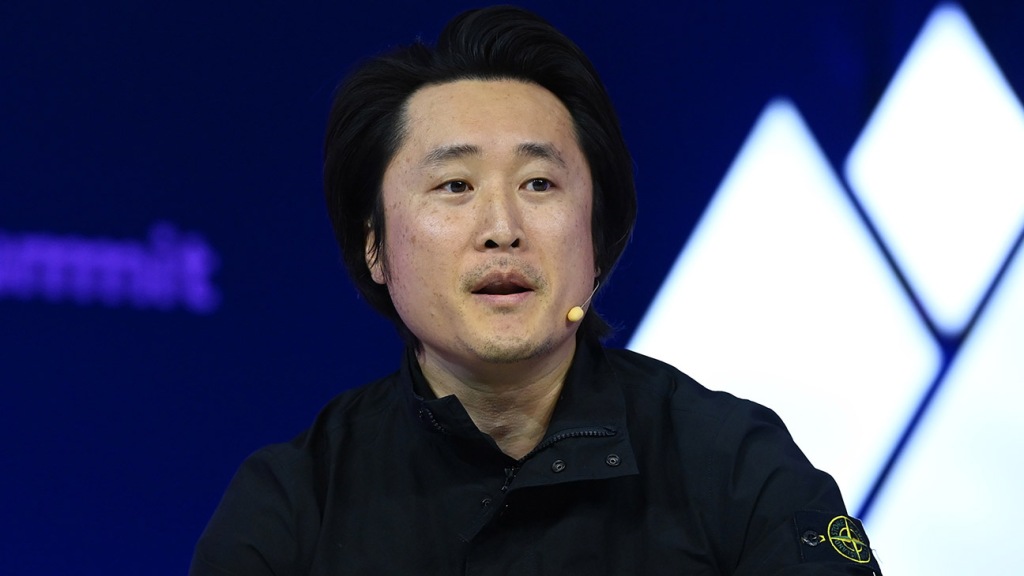
Sean Kim, the former head of product for TikTok’s U.S. operations, said the company’s $2 billion creator fund was not launched with the altruistic goal of helping creators monetize on the platform. Instead, according to the executive, TikTok created the fund as a “reactive measure” against competition like YouTube and Snap and as a way to keep creators engaged on the platform.
“Platforms don’t really care if you are successful at monetization. I’ll be completely honest,” Kim, who now leads the creator business platform Kajabi as president and chief product officer, said during a wide-ranging panel at SXSW over the weekend. “The reason why is because their metrics and north-star metrics are 100 percent focused on retention, [daily active users], publish rates, active days. Monetization of creators is not even on there. It’s like way, way, way down here. It’s like a little afterthought.”
“When we launched the TikTok creator fund, we didn’t launch it to help creators monetize. I mean, that’s what we said everywhere publicly. ‘We’re doing this to help creators monetize.’ That was not why we launched it. We launched it as a reactive measure against other platforms launching their creator funds,” Kim, who worked at TikTok from 2019 to 2022, continued. “We thought to ourselves, what happens if these creators then go monetize or create content on these other platforms? It hurts our metrics, our DAU, our retention. That was the reason why the creator fund was launched.”
TikTok first launched its creator fund in 2020, promising to pay out $200 million to its creators before increasing the size of the overall pot to $2 billion globally, which the company said it would pay out over the course of 3 years. But in the U.S., where eligible TikTok users were expected to receive $1 billion of the overall fund, participating creators — which at the time included stars like MrBeast and Hank Green — began criticizing the low payouts from the fund, leading some to leave the program altogether.
Since then, TikTok has launched other monetization tools for creators, including a paywall feature that allows select creators to charge fans for access to a series of longer-form videos; subscriptions for creators who specialize in live content; and a revamped creator fund, currently in beta and invite only, that purports to “generate higher revenue potential.”
During his SXSW panel, Kim talked about the lack of transparency for such creator funds. “If you see a $2 billion creator fund, who’s actually checking if we paid $2 billion? Nobody. Nobody could check,” he said. When asked by the creator and fellow panelist Cassey Ho (a.k.a. Blogilates) if TikTok paid out the $2 billion, Kim responded, “No.”
When reached for comment, a spokesperson for TikTok did not address Kim’s allegations about the $2 billion payouts. “TikTok’s product leaders are encouraged and expected to develop solutions that bring meaningful value to our community,” the rep told The Hollywood Reporter. “We’re motivated by helping our creators earn livelihoods, and that commitment is best seen through the success of our creators and the continual evolution of our products.”













